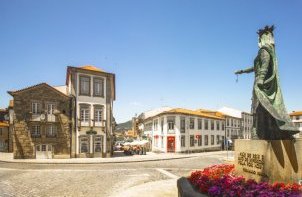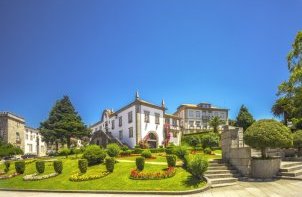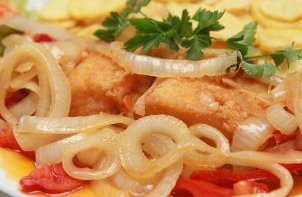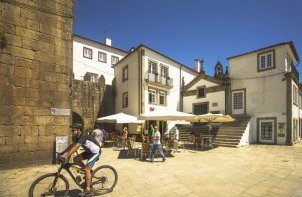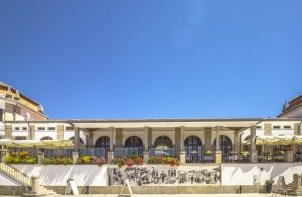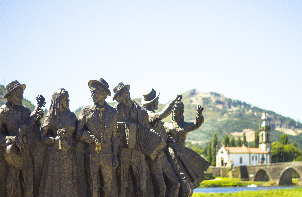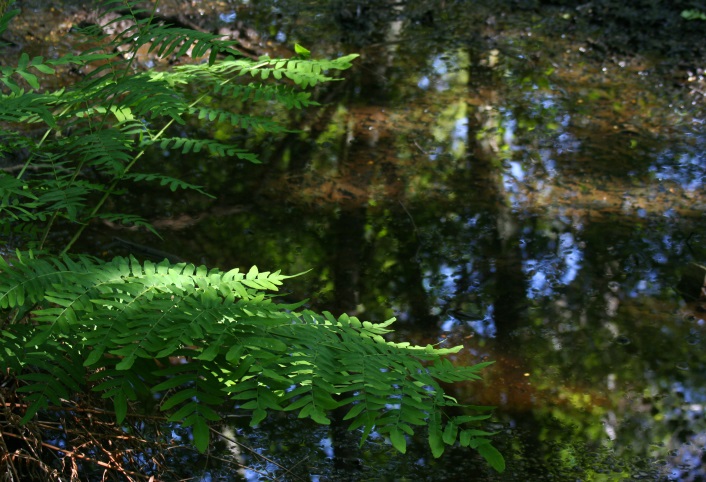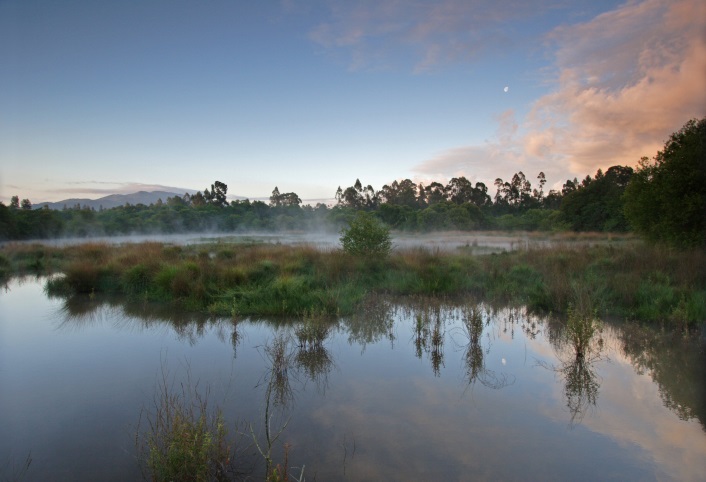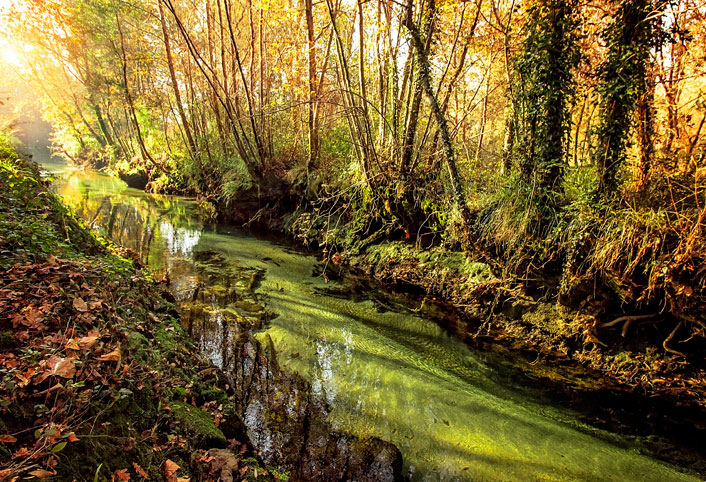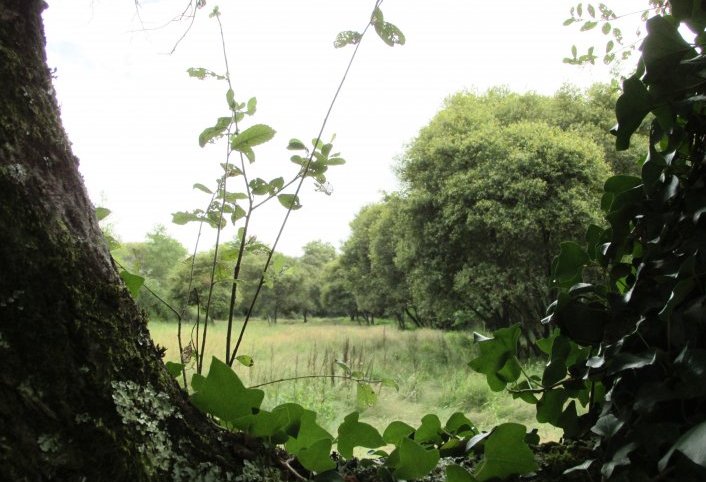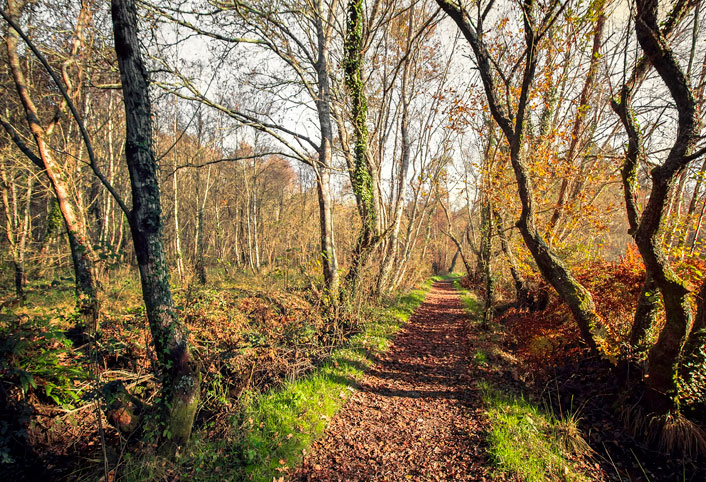River Route
The River Trail is a footpath known as short route. The respective markings and signs conform to international standards. The respective markings and signs conform to international standards. The course is mainly within the Protected Area (PA) of influence of the Bertiandos and St. Pedro de Arcos ponds, allowing you to interpret Estorãos River and its natural values.
Leave the Environmental Interpretation Centre (EIC) toward the pond of St. Pedro de Arcos, including the wooden walkway that runs along the northern and eastern limits of this this rare biotope that led to its classification of Protected Area as a wetland of International Importance. Walk the gangway to the observation post. We recommend you stop to enjoy the beautiful scenery afforded by the wetland and observe the varied species of water birds.
Go along to the fork of the bridge, which must be taken, and which covers an area of pastures managed by the PA. Pastures, limited by hedges, were for decades maintained by cattle grazing in the spring / summer, including the Minho race. Leave the bridge, and walk along to an enclosed, middle area which is boarded up, characterized by alternating open spaces of pasture and enclosed spaces of dense native species of arboreal vegetation. Turn onto the paved road and turn right. When you get to the Freixa Bridge, turn right to follow a path that will allow you to permanently contact with the Estorãos River.
The river, dimensionally inserted by the Institute for Water in the typology of Northern, Small Rivers, is a riverine system which rises 325m above sea level, in the Formigoso mountain range. It is the main water line of the hydrographic basin with the same name, draining a nearby area of 5000ha. It has a length of 14km, of which 3.5km are within the PA, and the flow rate is characterized by a strong seasonal variation. Most species of priority conservation present in the PA are associated to aquatic habitats, including water courses and the Estorãos River.
In freshwater fish we highlight the panjorca fish, the Three-spined stickleback and the Iberian Nase which are very commonplace. In relation to migratory fish, which enjoy the stretch of the river in the larval stage and serves as an ecological corridor for spawning, we highlight the trout, eel and salmon, being that the latter constitutes one of the most endangered species at a national level.
The sea lamprey in regression in the Lima River also occurs in the Estorãos River. The river is still important for many species of amphibians and some bird species with aquatic habits, such as kingfishers. Both species of-water-snakes, identified in the PA are completely dependent on this biotope which is also vital for the otter.
On the way to another stone bridge, you will encounter the rich riparian gallery composed of tree species such as willows, alders, oaks, ash trees and birches. The considerable measures taken for the conservation of the river along this stretch, such as riprap and gabions, are notorious and were undertaken in order to counteract the process of verified degradation as a result of the disastrous dredging intervention in 1995.
Cross the bridge and follow the route instructions, turn right, on a parallel path to the named Estate ditch toward the EIC.
Download the file:

